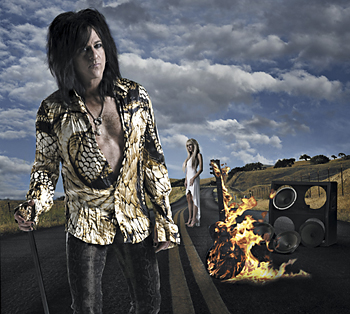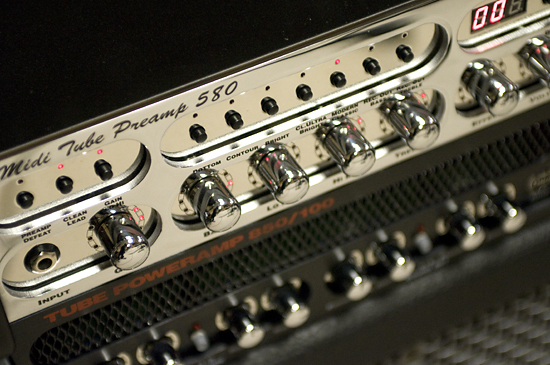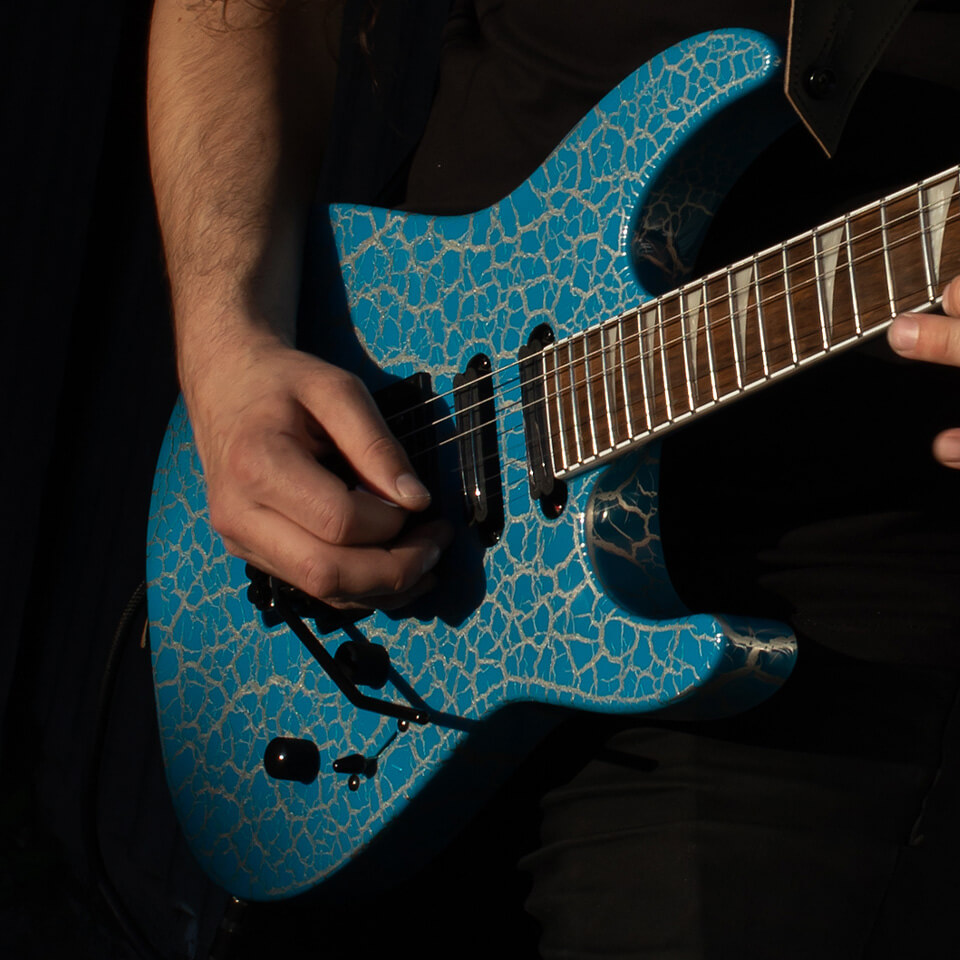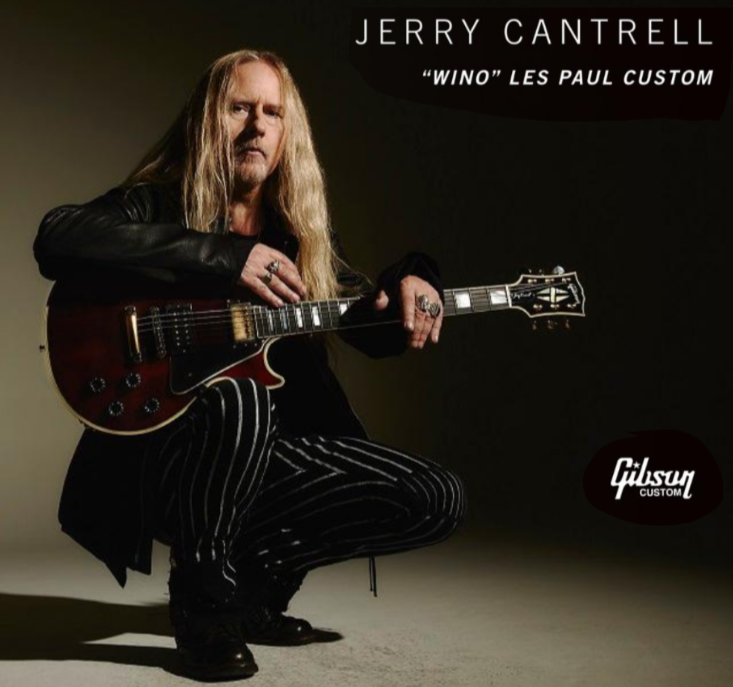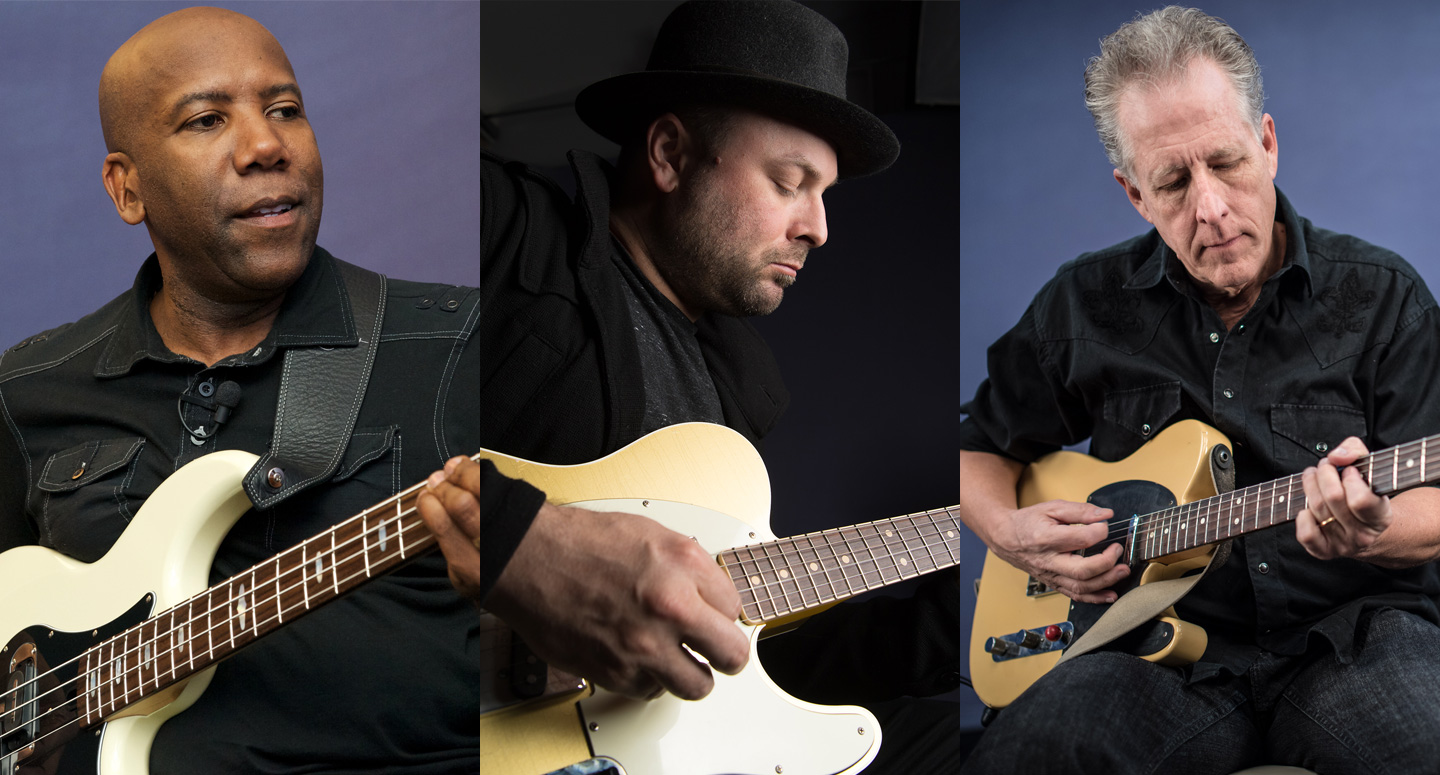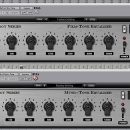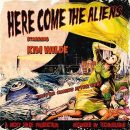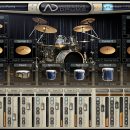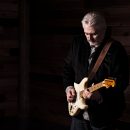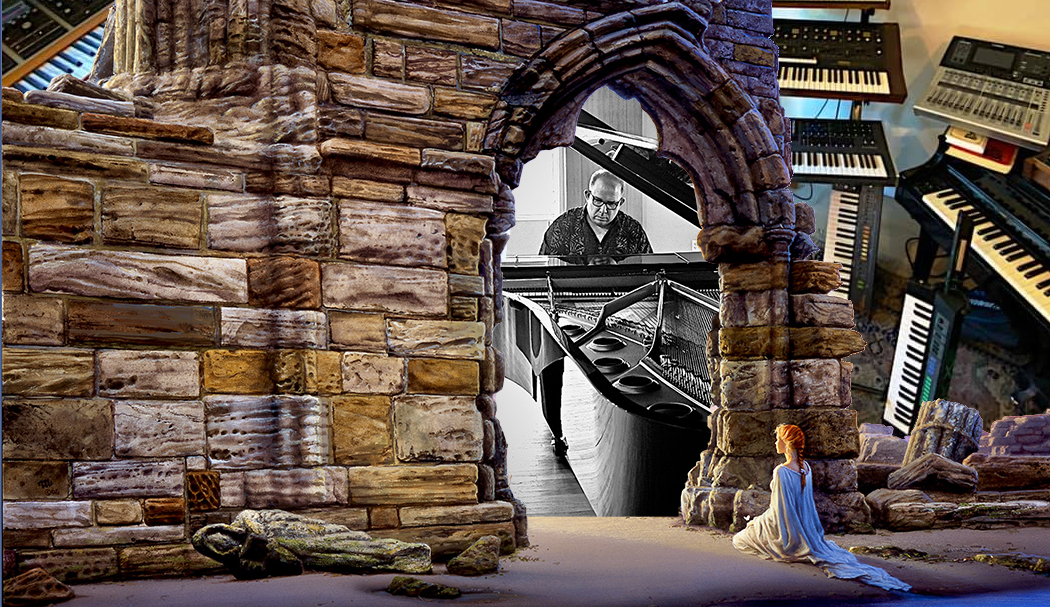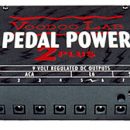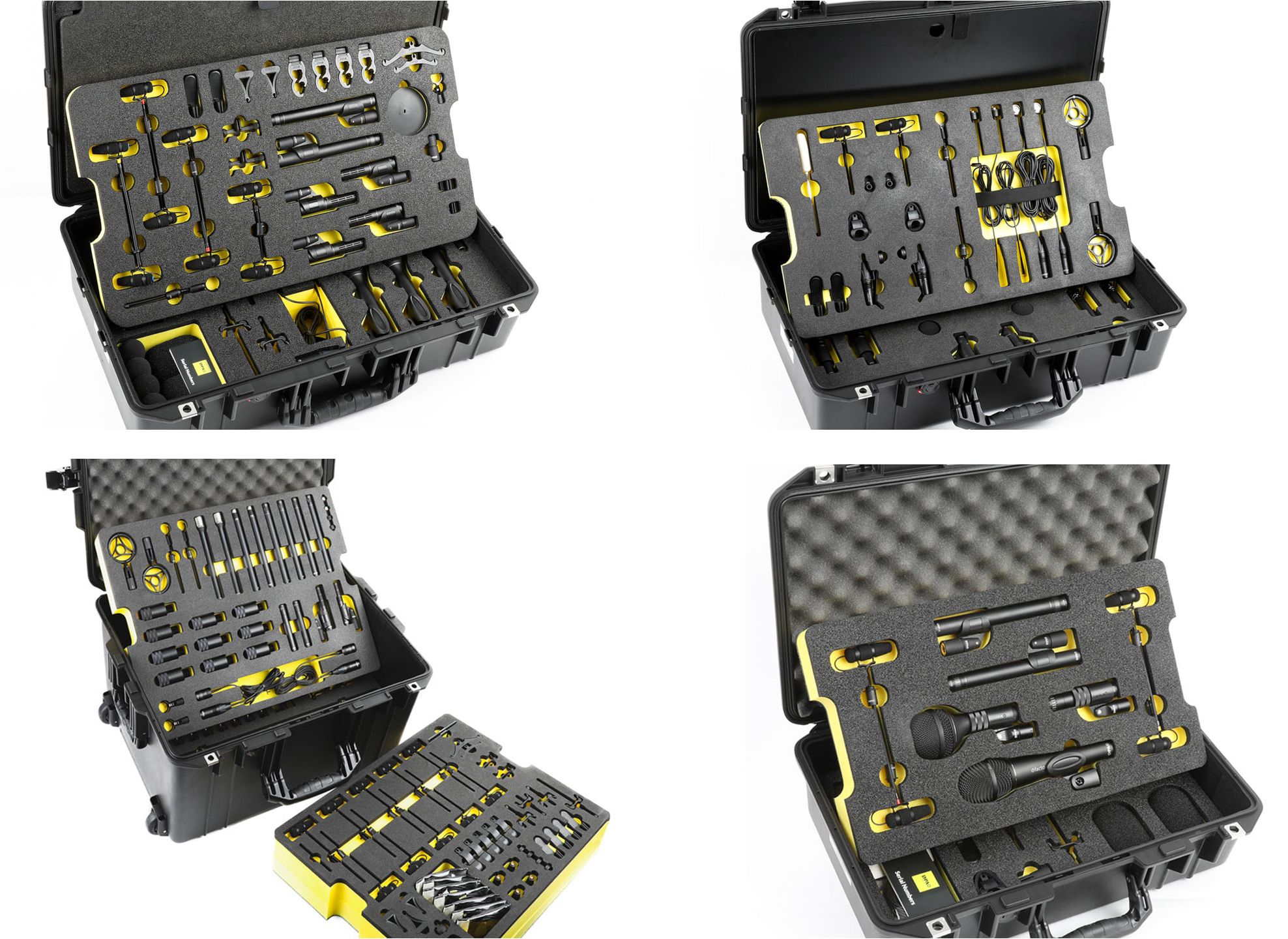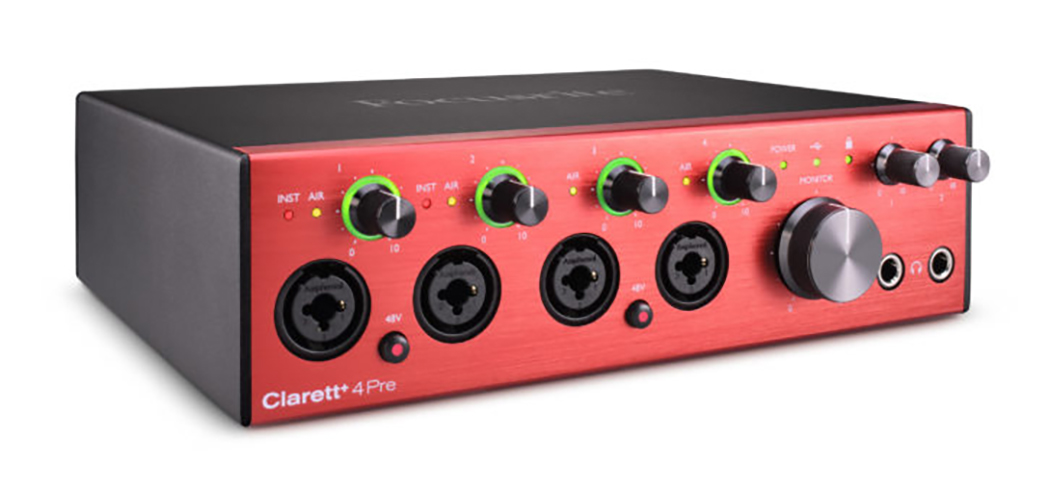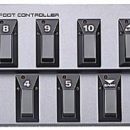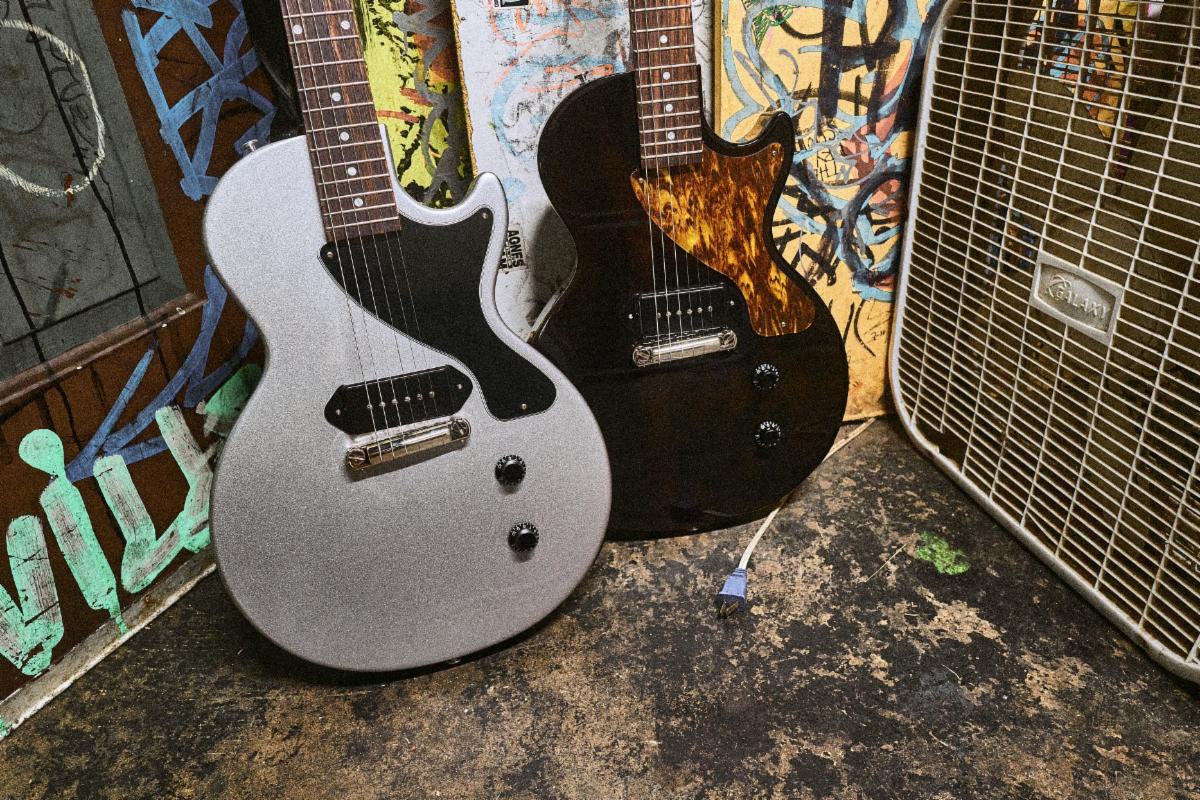Grammy-award winning guitarist Steve Stevens is no stranger to the world of rock music. He was the guitar player for Billy Idol during Idol’s monstrous ‘80s chart-topping period, and he co-authored much of the music with Idol on classic albums including Billy Idol, Rebel Yell, and Whiplash Smile.
A native New Yorker, Stevens didn’t limit his musical talents to working with England’s new wave blonde export. Besides supporting Vince Neil on his first solo album outside of Mötley Crüe, Stevens has played and recorded with a diverse roster of talent including Terry Bozzio and Tony Levin (the three of them have released two rock/fusion albums under the name Bozzio Levin Stevens), Michael Jackson, Harold Faltermeyer, Thompson Twins, Robert Palmer, Steve Lukather, Gregg Bissonette, and Derek Sherinian to name only a few.
Growing up in a music-nurturing family — he even attended Manhattan’s renowned Fiorello LaGuardia High School of Performing Arts, Stevens’s early love of progressive rock and acoustic guitar laid the foundation for this wickedly talented player to fit into a variety of musical situations. With his first true solo record being a collection of Flamenco-style guitar songs released back in 1999 (Flamenco A Go-Go), outside of acoustic and classical guitar fans, his instrumental talent remained somewhat under the radar. That was until now, however…
With the release of his first electric-guitar solo record, Memory Crash, Stevens will definitely become a higher-profile force in the guitar world, especially now that young players have rediscovered serious guitar playing after grunge. (Hey, can we get an “Amen” for that before continuing?)
If you haven’t had a chance to listen to Memory Crash yet, we highly recommend it (see last month’s album review here). Stevens’s command of the guitar is fantastic, and the album offers up a virtual encyclopedia of tone ranging from pure boutique to ‘70s psychedelic to modern effect-laden richness. Stevens shines on both electric and acoustic guitars, and displays his top-notch bass skills, too (bassists will especially love his varied bass tones and effects).
The mostly-instrumental album is not your typical guitar shredfest, either. It’s song-focused from start to finish, and influences from Steve Howe to Jimmy Hendrix to Joe Satriani and more abound. Despite a busy schedule surrounding the recording of some new tunes with Billy Idol, Steve Stevens found some time to sit down and talk with us about the new release. Now we just need to get him to put this solo effort on the road!
I’ve been playing guitar for forty years now and, you know, I’m pretty good at it.
MPc: Your new solo album, Memory Crash, is a fantastic collection of songs whose style really covers a lot of different periods and tones in guitar history. We heard influences ranging from Hendrix to Steve Howe to Satriani to Steve Miller and more. Tell us what inspired the songs on the new album?
SS: This is my first electric guitar solo record, and I really held off on doing one of these for my whole career. And it wasn’t until I was on the road with Billy Idol, supporting our last record, and we were playing all these places that we had never played before, like Serbia and Finland, and then we ended up on the Warped tour, and what I realized was that there was a whole new audience of kids that are really into guitars.
I don’t know if it’s because of Guitar Hero, or whatnot, but throughout the ‘90s, because of grunge and stuff, it was thought of as a hindrance to be a virtuoso musician, and it just seemed like the time was right to do a record that really displayed what I’m capable of doing. I’ve been playing guitar for forty years now and, you know, I’m pretty good at it (laughing). I thought of this as a labor of love, and I wanted to give back the feeling that I used to get when I was a thirteen or fourteen years old kid buying English import records.
Those were the years of the early British prog scene. What was cool about those guitar players was that in the course of one song you’d hear all these styles. Say for example Steve Howe, who would play classical and jazz, Wes Montgomery stuff and Chet Atkins stuff, but it was all within the context of a Yes song. I always dug that. I dug guitar players who looked at music almost in an orchestral manner rather than the Eric Claptons of the world who were blues based, got one sound, and used that sound throughout the duration of the song.
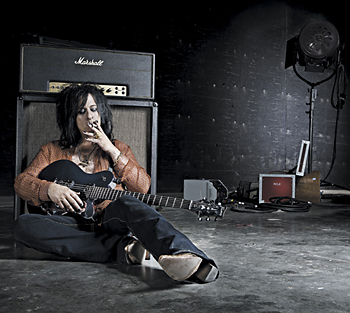 MPc: Back in the ‘80s, you read interviews with guitar players and sometimes they used multiple guitars and amps within single songs on some of their recordings!
MPc: Back in the ‘80s, you read interviews with guitar players and sometimes they used multiple guitars and amps within single songs on some of their recordings!
SS: Yeah, exactly. I started playing guitar when I was seven and a half. I played acoustic until I was thirteen. I had this whole background of folk and classical, and music was something in my family that was shared. I remember when my dad brought home the first album with a Moog synthesizer on it. It [Music] was not like a rebellious thing in my household.
I remember the first time I heard Yes, I played it for my dad. I went out and bought the Fragile album — it was something both he and I could relate to and appreciate from a musical standpoint. And that’s something I see now. I see kids come with their parents to a Billy Idol show. It’s cool; you know parents are turning their kids on to old Hendrix videos and Led Zeppelin stuff. For me, that’s how I grew up.
MPc: Let’s talk about some of the gear used on Memory Crash, starting with the entertaining CD cover photo. I was reading your CD’s extensive list of gear acknowledgments and found it ironic that there’s no mention of Gibson and Marshall, the two products seen in your cover photo.
SS: The reason there’s no credit given to Gibson and Marshall in the record is because I don’t endorse them. They don’t do me any favors (laughing)! All my Les Pauls and Marshalls are amps I’ve collected over the years.
On this record I used the same amp that I recorded the [Billy Idol] Rebel Yell album with, which is a 1970’s metal face. It’s not like an old plexi or anything. It had been used and abused. It wasn’t in working condition; it was put away in storage. But I felt it’s an amp that had some good karma to it. It’s brought me some good luck, so I had it repaired and used it for this record.
I’d say that with the exception of the stuff that is obviously Strat tone, like “Cherry Vanilla” or “Day of the Eagle,” the majority of the album is Les Paul with Marshall. In some cases, like “Hellcats”… that’s a tiny little amp built by Valco, something called the Rex, and it was something I got off eBay. I didn’t want to pay like three grand for a Supro, and Valco made a lot of different amps, not just Supros, so I found this tiny little amp. I figure it cost me around $200. We recorded that whole song with that amp, to give me that kind of vintage sound.
The thing about the record is that I’m using a lot of traditional instruments and amps at the source, but then putting them into a modern context by using Pro Tools. But there’s no amp modeling on the record. I use traditional mics; API mic preamps. At the source I’m pretty much a purist. What happens after that, now that’s another story.
No chorus on this record. I think I reached my chorus quota in the ‘80s. I’m not allowed to use chorus anymore.
MPc: Can you tell us some more about your recording signal path, perhaps starting at the speakers?
SS: There’s no real voodoo going on. I used a Bogner 212 cabinet. I found I could control it a little bit easier. When you’re miking up a guitar cabinet in a studio, very rarely are you miking up more than two speakers anyway. I found it pretty controllable. One of the speakers was a Celestion Gold series, which is a speaker that I’ve had great luck recording with, and the other is a Weber, a custom wound speaker that somebody turned me on to.
Actually, the guy that does all my guitar repairs and built my MIDI switching system, Dave Friedman, he’s got a company called Rack Systems, he turned me on to this Weber speaker, which is basically like an old Celestion.
One mic I used was a Royer 121, which is a tube mic, and then a good old Shure SM57. Then I used API mic preamps, no compression. Everything went direct to Pro Tools; no EQ. I’m not an engineer, and I figured the simpler that I kept it, if I could put the mic in the right place and make it sound good, I figured I was in good shape.
MPc: Well the tones came through sounding really great.
SS: Thanks, Man. As the song would take shape, that would dictate what amp I would use. On a song like “Memory Crash,” obviously it’s a Marshall and a Les Paul. With a song like “Cherry Vanilla,” I knew that it was going to be more of a Strat tone. I recently picked up a John Suhr Strat. The cool thing about it is that he has his technology together where there’s a coil in the guitar that keeps it noise free.
MPc: Yes, the Backplate Silent Single-Coil System — we’re big fans of Suhr guitars.
SS: This was a factory second. John’s an old friend and he invited me out to his shop, and I was just going out there to talk about amps. He showed me that guitar, not really thinking I’d be into it because I’m not really a Strat player. I went, “Whoa! I’m not a Strat player because they’re so damn noisy. But now I am!” So I took that guitar with me and ended up using it.
He’s got a low-wattage amp called the Badger, I think it’s an eighteen-watt amp. I used that on a number of things where I wanted a kind of semi-distorted tone, not totally overdriven, just a good solid tone, and I found that the Badger did that really well. I’m using that on things like “Cherry Vanilla” and “Josephine,” where the guitar tone is not so overdriven.
MPc: Can you tell us a little about your MIDI stuff?
SS: Well I didn’t use any of my MIDI stuff on this record. It’s a live rack, and it’s huge. It probably wouldn’t even fit in my studio (laughing). For live, I have to have channel switching. It’s a combination of a bunch of stuff: Axxess Electronics, the actual MIDI switchers are made by Skrydstrup; lots of different stuff in there. But I didn’t use any of that on this record.
There’s something to be said about guitar players who understand the mechanics of drum parts.
MPc: What inspired you to play all the bass lines? You got a wide range of tones there, too, as evidenced on songs like “Small Arms Fire” and “Josephine.”
SS: I’ve played bass on just about every record I’ve worked on, in most cases uncredited. There’s just an intrinsic thing that happens when I lock my bass line into my guitar. It just creates this glue that creates… the sum of the parts is greater than the individual pieces.
I’ve always appreciated really great bass players like Chris Squire and Paul McCartney. It’s funny, when we mixed the record, I kept asking the engineer to push the bass up, and he was laughing, saying “You’re more concerned with the bass than you are with the guitar stuff!” and I was like, “I’m really proud of the bass parts.” (laughing)
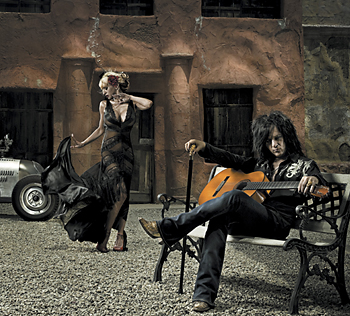 MPc: What kind of bass did you record with?
MPc: What kind of bass did you record with?
SS: It was a Warwick. I recorded it direct, and then when we got into the studio, we re-amped it through an SVT and a Marshall guitar amp, too, to give it a little grind.
MPc: You made extensive use of digital delay throughout Memory Crash. Can you tell us about some of the trippy, spacey delay techniques you used on songs like “Joshua Light Show?”
SS: That’s actually a Fulltone from Mike Fuller, the [Tube Tape Echo] TTE — it’s his tape Echoplex. That’s a technique that Tommy Bolin was known for, where you turn the regeneration all the way up and let it feed back on itself, and then vary the tape head going against the tape so you get it to feed back onto itself.
MPc: Were you doing that in production, or using a modulation pedal?
SS: No, I’m actually holding the note on my guitar with my left hand holding the note, and as it’s feeding back I’m using my right hand to vary the rate.
MPc: Cool!
SS: Pretty old school (laughing).
If you’ve got strong melodies and chord structures they’ll work on an acoustic.
MPc: What about any other effects, like harmonizers and modulation pedals? There were a ton of great harmony lines all over the CD.
SS: Anywhere there’s a harmony line that’s me playing it. I don’t use harmonizers. I think I did back in the day. I find it to be a little bit sterile when I’ve used outboard harmonizer gear. For me it’s a lot easier to just come up with a harmony line and track it.
The flanger is a Foxrox [Paradox] TZF Through Zero Flanger. Really stunning — it really sounds like a tape flange. You hear that on “Cherry Vanilla.”
MPc: Any chorus?
SS: No chorus on this record. I think I reached my chorus quota in the ‘80s. I’m not allowed to use chorus anymore (laughing).
MPc: It’s clear from the songwriting that your songs are built up from the rhythm section. Your years of playing with Billy Idol, and work on countless other pop records seems to have really influenced your songwriting style. I don’t think you ever lost sight of either the hook or the groove on any of the songs on Memory Crash.
SS: I don’t approach my instrumental stuff any different than writing something with, say, Billy Idol or Robert Palmer. It still comes down to a strong melody and strong groove underneath it. In some cases, my least concern was the solo guitar stuff.
I recorded all the stuff for my record at home in my home studio, and everything was tracked to [FXpansion’s] BFD, and then at the final stage we went in and replaced the BFD stuff with real drums, so there’s something to be said about guitar players who understand the mechanics of drum parts.
MPc: Let’s talk about some of your great acoustic work on “Water on Ares” and “Josephine.” It seems that finger-style playing is almost a lost art with guitar players these days.
SS: It’s a part of my playing because I started as an acoustic player. Oddly enough, every song on this album was started on an acoustic guitar. I feel if you’ve got strong melodies and chord structures they’ll work on an acoustic. What really hammered that home for me was when Billy and I did the VH1 Storytellers, and we did all the classic Billy Idol songs unplugged, and they worked — even songs like “Don’t Need a Gun,” which on record is a totally electronic track. I interpreted it for nylon guitar. Whenever I’m writing, it’s always on an acoustic, whether a nylon-string or a steel-string. On this record, all the steel-string stuff was recorded with a Collings guitar.
It was a gift from an artist I was working with. I had never heard of it, but they owned it. We were in the studio and they were like, “Why don’t you try my guitar?” and I was like, “This is a beautiful guitar!” At the end of the session, they said, “This is yours.” I didn’t realize it was a $3,500 guitar! (laughs)
MPc: We’ve heard that you’re in the studio working on a new Billy Idol record. Can you tell us anything about that?
SS: Actually, we’ve just finished two tracks for a new Greatest Hits record. When I started back up working with Billy, I was just finishing my record.
MPc: Any plans to take Memory Crash on the road?
SS: Well, now we’re going on the road with Billy Idol. I’m hoping to have some days off. Brian Tichy played drums on the record – he’s Billy Idol’s live drummer, so there’s a possibility we could maybe do some clinics at the very least. Also during Billy’s show, I’m given a fifteen-minute solo spot, so maybe I’ll do a couple of pieces from this record.
MPc: We look forward to it!

